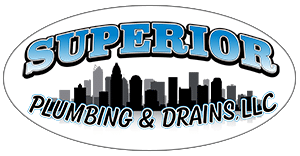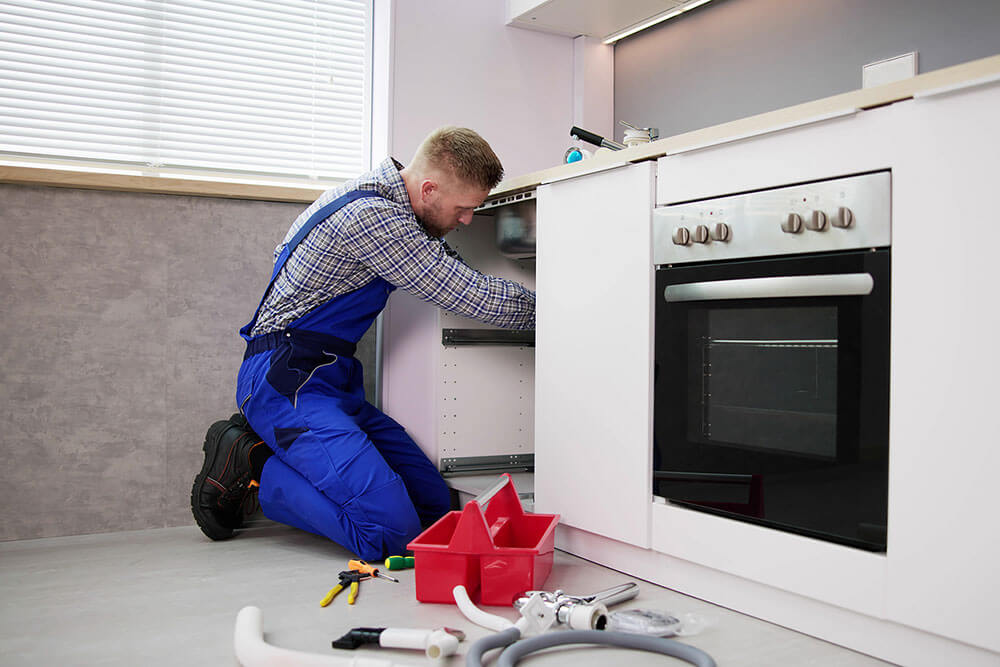It’s very frustrating to keep a clean kitchen and get stuff done when the sink is clogged. What’s worse is that the best of us eventually run into this problem, so knowing how to unclog a sink is helpful.
If water drains more slowly than usual and professional drain cleaners don’t help, you may have a clogged sink.
The obstruction needs to be cleared out as quickly as possible. Otherwise, the situation will only worsen. After all, if your sink is broken, it can be tough to use the rest of your kitchen.
Although this is a significant nuisance, it typically does not necessitate a call to a plumber. Unclogging a kitchen sink on your own is possible using one of several tried-and-true techniques. Read this article if you need help unclogging the kitchen sink.
7 Methods On How To Unclog A Kitchen Sink
Most tips on unclogging a kitchen sink only require everyday household items. There are several potential solutions to a clogged sink. However, some may be more effective than others depending on the root of the problem.
Clearing Clogged Garbage Disposal In The Kitchen
The first step to unplug the kitchen sink that has a garbage disposal is to run the disposal. Minor clogging can occur if you haven’t run the disposal in a while due to build-up at the bottom of the unit.
If you have been routinely using the disposal and still discovering clogs, it may be time to check and see whether it needs any maintenance.
Take Out The Trap And Scrub It Out
Occasionally, the clog will be lodged in the drain trap (a U-pipe or P-trap) under the sink, right below the garbage disposal. To unclog a kitchen sink, remove and clean the drain trap thoroughly.
- Step 1: Put a bucket under the U-pipe to collect the flowing water.
- Step 2: Unscrew the nuts on both ends of the pipe with a plumber’s wrench while holding the pipe stable with your other hand.
- Step 3: Check for obstructions by draining the pipe into a bucket.
- Step 4: After done, clean the U-pipe and reconnect it.
Put A Plunger To Use
Using a plunger to unclog a kitchen drain is preferable if water is in the sink. You’ll need a plunger; use a clean one, not the one from the bathroom. You should keep a little plunger under the sink for just such an emergency.
If you’re using a sink with a double drain, you should shut off the other drain first.
Put the plunger over the sink drain to create a vacuum, then pump down firmly until the water drains. Once the old water has been drained from the sink, flush it with fresh water to ensure it’s completely clean. If not, you’ll have to take another dive.
Use Boiling Water
One or two intense bursts of very hot water are often all needed to clear a clogged kitchen sink. (This is most effective if no standing water is in the sink.)
- Step 1: Prepare a large pot of water to boil on the stove.
- Step 2: Slowly pour water into the sewer to dislodge the obstruction.
- Step 3: Recheck the drain and proceed as before if necessary.
Vinegar with Baking Soda
Yes, you most likely have those items in your kitchen cupboards. In addition to their many other uses around the house, a mixture of baking soda and white vinegar can unclog a kitchen sink quickly and easily.
This is how it works:
- First, you should put about a cup of baking soda down the drain.
- Then, add one cup of vinegar.
- Use a stopper to keep water from draining out of the sink.
- You should give the ingredients 15 minutes to rest and bubble.
- The drain must be unplugged, and hot water must be poured down.
- If the clog is not entirely gone after a few tries, try again with a more robust drain-clearing solution.
Using A Coat Hanger
A wire coat hanger can be an excellent tool if you need to unclog your kitchen sink. It won’t be as long as a plumber’s snake, but it might be long enough to get to those stubborn clogs in your kitchen sink drain.
Whether the blockage is in the kitchen drain or a “stub pipe,” enter the straightened hanger wire and force it through or pull it out. Take care that the wire doesn’t leave scratches on your sink.
To aid in clearing up the sludge, you might wish to spend money on a plastic drain blockage removal tool. This device is ideal for removing hair from a slow-draining shower or sink, but it may also help to catch loose food particles in a blocked kitchen drain.
Be careful to move slowly and softly since the thin plastic can easily break off and cause further issues.
Clean Out The P-Trap
Your kitchen sink’s P-trap is where the pipes take a sharp turn, typically hidden away in a cupboard. You may need to clean the P-trap in your kitchen sink’s drain to remove the blockage.
- Put a tray or bucket under the drain to capture dripping water or debris.
- The next step is to remove the P-trap from the drainpipe and clean out any debris lodged inside.
- Lastly, put the P-trap back in place (double-check the connections as you go) and flush the pipes with hot water to loosen any lingering debris.
Conclusion
A backed-up sink is a common source of stress in the kitchen. The above-mentioned are only a few simple methods to unclog a kitchen sink. In addition, you might already have the tools and supplies in your cupboards to get the water flowing again in your pipes.
Some solutions involve a basic mixture; others demand more elbow grease and suctioning strength to clear your drain. Nonetheless, the cost of these solutions is negligible compared to hiring a plumber. So, try them today!





